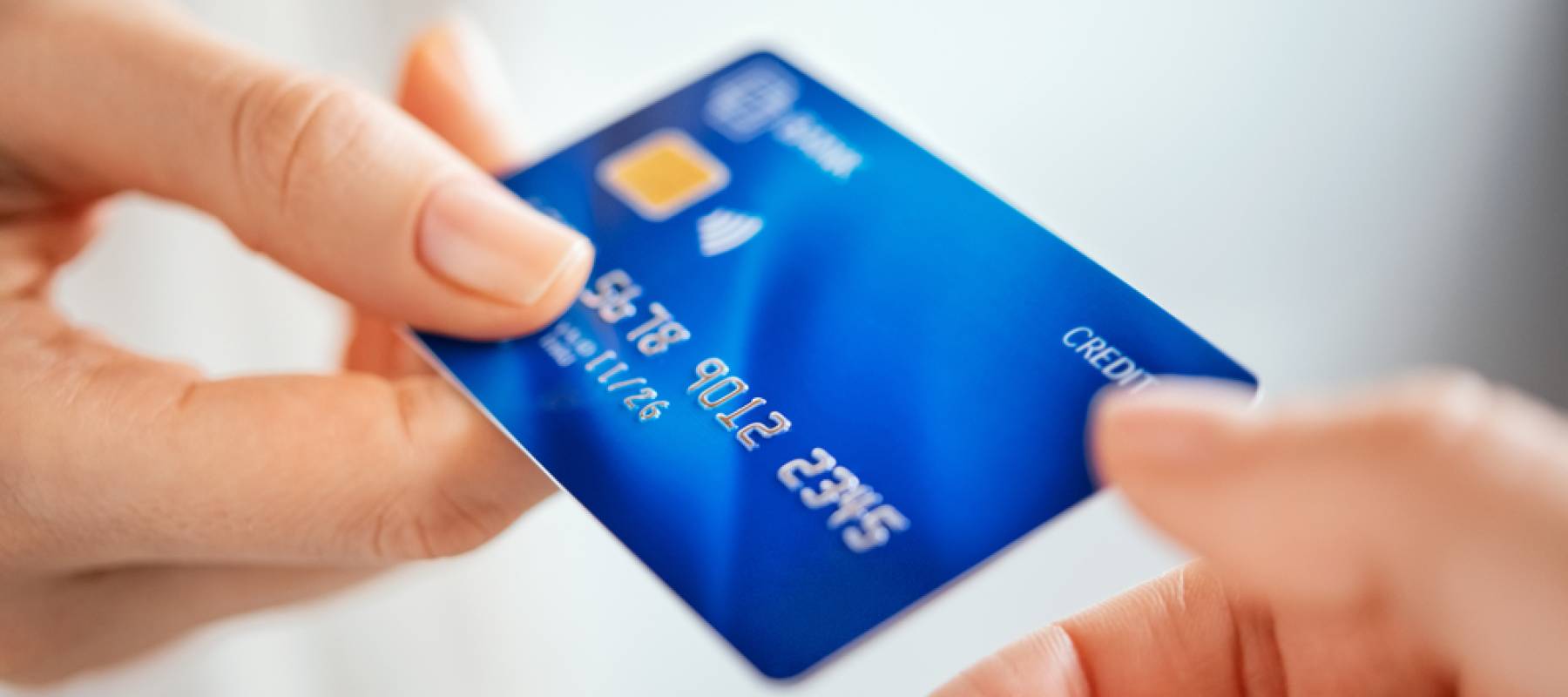What are personal loans?
A personal loan is money borrowed from financial institutions or online lenders, and paid back in fixed instalments. With interest on top.
Most personal loans are “unsecured,” meaning you don't need to put any money down — or offer up collateral like your house as you would with a home equity loan.
Personal loans are increasingly popular, because they can be used for practically anything. While the number of mortgages dropped considerably over the last decade, unsecured loans rose dramatically.
Unexpected vet bills don’t have to break the bank
Spot Pet Insurance offers coverage for treatment of accidents, illnesses, prescriptions drugs, emergency care and more.
Plus, their preventative care plan covers things like routine check-ups, microchip implantation, and vaccinations, if you want to give your pet the all-star treatment while you protect your bank account.
Get A QuoteHow do personal loans work?
A personal loan is clear-cut. There’s a beginning and an end.
Let’s say you want to consolidate debts, such as multiple credit card debts and student loans, into one. You get a personal loan for $8,000.
In most cases, you’ll have two to five years to pay it back in monthly installments at a fixed, simple interest rate. Payments will be the same every month for the life of the loan. You’ll always know exactly what you owe and how long you have to pay it back.
Because they’re typically unsecured, personal loan interest rates may be higher than for mortgages or auto loans. If you default on one of those, the lender can foreclose on your home or repo your ride. A personal loan lender takes on more risk.
Still, interest rates on personal loans can be significantly lower than rates on credit cards. Personal loan rates often start as low as 5.99% APR, or annual percentage rate. Rates can range up to 47%. Your rate depends on your history with credit, your income and other factors.
Limits on how much you can borrow are typically higher, compared to credit cards. Banks and fintech lenders typically issue personal loans between $500 and $50,000 range.
Types of personal loans
Besides unsecured loans, other types of personal loans you might want to consider include:
- Secured loans.
- Fixed-rate loans.
- Variable-rate loans.
- Debt consolidation loans.
- Co-signed loans.
A few lenders offer secured personal loans. You can borrow against an asset, such as a car title or savings account, to get a better rate.
The loans are available at fixed or variable rates. Fixed rates are most common, especially for long-term loans. Borrowers like them because they needn’t worry about their payments increasing, which makes budgeting easier.
Other borrowers prefer a variable rate for short-term financing. Monthly payments may rise or fall slightly, but the difference on short loans is negligible. The advantage to a variable-rate loan is a lower APR.
A debt consolidation personal loan is ideal for anyone whose debt is all over the place. One loan pays off all the balances. It's repaid, usually at a lower interest rate, in convenient installments to one creditor rather than several.
If you have a patchy or nonexistent credit history and don’t qualify for a loan on your own, you might consider enlisting a co-signer. In that arrangement, someone with a better financial record agrees to repay your debt if you default.
A co-signed loan can be a blessing or a curse. Carefully assess your ability to repay before you ask a friend or relative to co-sign.
Empower your investments with Qtrade
Discover Qtrade's award-winning platform and take control of your financial future. With user-friendly tools, expert insights, and low fees, investing has never been easier.
Start Trading TodayHow to get a personal loan
Here are the steps for obtaining a personal loan:
1. Check your credit score before you apply. Your credit history has significant bearing on approval and your interest rate. With Borrowell you can check your credit score and get personalized reports for free.
2. Do the math. The last thing you want to do is borrow more than you can handle. Determine how much cash you need. Use an online loan calculator to get a rough idea of what your monthly payments will be. You can play around with various interest rates until you have hard numbers.
3. Shop around for the best personal loan rates. Choosing the right lender could save you thousands of dollars. Most lenders post their borrowing limits and required credit scores on their websites. Smarter Loans helps you find personal loans from top companies all over the country.
Origination fees for processing the application are common, but watch out for prepayment penalties. You shouldn’t be punished for getting out of debt as quickly as possible.
4. Apply online or in person. You’ll be asked to provide financial information such as income, the amount of your house payments and your debt-to-income ratio.
The lender will do a credit check based on your information. Approval and funding could take anywhere from one business day to a week or so depending on how you applied.
When to get a personal loan
Now you know how to get a personal loan, but when might you want to get one?
1. You're short on cash. If you’re hard-pressed and find yourself taking cash advances on a credit card, you’re probably paying sky-high interest rates. You’d be better off getting a loan.
2. You're buying a car. Traditionally, car loans have lower interest rates. Would it ever make sense to finance new wheels with a personal loan? It would if you don’t have a great trade-in or sizable down payment.
3. You have a personal emergency. It goes without saying that you shouldn’t hesitate to use a personal loan for emergencies, like an urgent medical procedure. But remember, it's best to have an emergency fund in a high-interest savings account for those situations.
4. You're consolidating credit debt. If you have a couple different cards maxed out, you can clear them with a personal loan and pay the balance on your loan in monthly installments instead. This makes the most sense if you're able to get an interest rate lower than what you would pay in credit card interest.
Personal loans aren’t always the best way to go. The biggest drawback comes down to interest rates. If you’re willing to stake your assets, secured personal loans are usually more affordable than unsecured loans.
How will applying impact credit score?
Each time a lender pulls up your credit history, your score takes a slight hit. This is known as a hard inquiry, and it typically stays on your credit report for two years.
Credit monitoring services like Borrowell will let you keep an eye on your score for free, and provide tips on how to improve it after a hard inquiry.
You can avoid repeated dings to your score by rate-shopping within a 45-day period. All inquiries during that time will be treated as a single inquiry.
Obtaining a loan from a longtime banker who is familiar with your history might not affect your score at all.
Repaying a personal loan in full and on time will put you in a good financial light for years to come.
What’s a good interest rate these days?
As you comparison-shop, you’ll find that rates vary widely from lender to lender.
As we said, personal loan interest rates can range from 5.99% to 47%.
The best personal loan rates are awarded to the borrowers with the best credit scores. If you have a bad credit score and can put off your loan for a few months or a year, use the time to clean up past mistakes and boost your score.
What is a personal loan? If you handle it responsibly, it’s a great tool for increasing your borrowing power. Then, you can seize opportunities as they arise.
Trade Smarter, Today
Build your own investment portfolio with the CIBC Investor's Edge online and mobile trading platform and enjoy low commissions. Get 100 free trades and $200 or more cash back until March 31, 2025.







